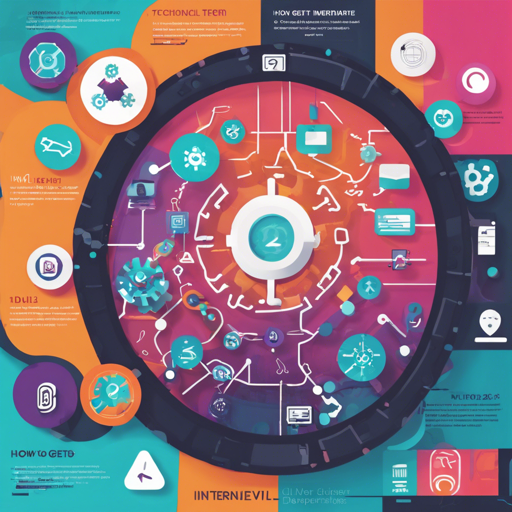Welcome to the world of InternVL 2.0, a state-of-the-art multimodal large language model designed to seamlessly integrate text, images, and video analysis! In this guide, we’ll walk you through the steps to utilize this powerful model, how to implement it, and troubleshoot issues you might encounter along the way.
Understanding InternVL 2.0: The Smart Assistant
Imagine you have a super-smart assistant that can not only read and write but also understand images and videos, all at once. InternVL 2.0 embodies this idea perfectly, utilizing 1 billion to 108 billion parameters across its various models, enabling it to handle tasks from document interpretation to video content comprehension seamlessly.
Quick Start: Load and Use InternVL 2.0
Here’s how to get started with the InternVL2-1B model quickly:
- Install the required libraries: Before running the model, ensure you have the specified version of transformers:
pip install transformers==4.37.2python
import torch
from transformers import AutoTokenizer, AutoModel
path = "OpenGVLab/InternVL2-1B"
model = AutoModel.from_pretrained(
path,
torch_dtype=torch.bfloat16,
low_cpu_mem_usage=True,
use_flash_attn=True,
trust_remote_code=True
).eval().cuda()Making Predictions: A Walkthrough
Once your model is loaded, it’s time to make predictions. Consider how a chef creates a dish: each ingredient represents an input—be it text, image, or video—and the final dish is your model’s output—the insights and answers you need!
Here’s a simple example of how to chat with the model using an image:
pixel_values = load_image("examples/image1.jpg", max_num=12).to(torch.bfloat16).cuda()
response = model.chat(tokenizer, pixel_values, question="Please describe the image in detail.")Troubleshooting Common Issues
Even the best ingredients can sometimes lead to unexpected results. Here are some common issues and their solutions:
- Import Error: If you encounter an import error, ensure all necessary packages are installed, and versions match the specified requirements.
- CUDA Errors: If your model runs into CUDA memory errors, consider reducing the batch size or using model quantization techniques.
- Unexpected Outputs: Given the model’s probabilistic nature, outputs can vary. Try changing the input or rephrasing queries for different results.
For more insights, updates, or to collaborate on AI development projects, stay connected with fxis.ai.
Conclusion: Unlocking New Possibilities
At fxis.ai, we believe that such advancements are crucial for the future of AI, as they enable more comprehensive and effective solutions. Our team is continually exploring new methodologies to push the envelope in artificial intelligence, ensuring that our clients benefit from the latest technological innovations.

